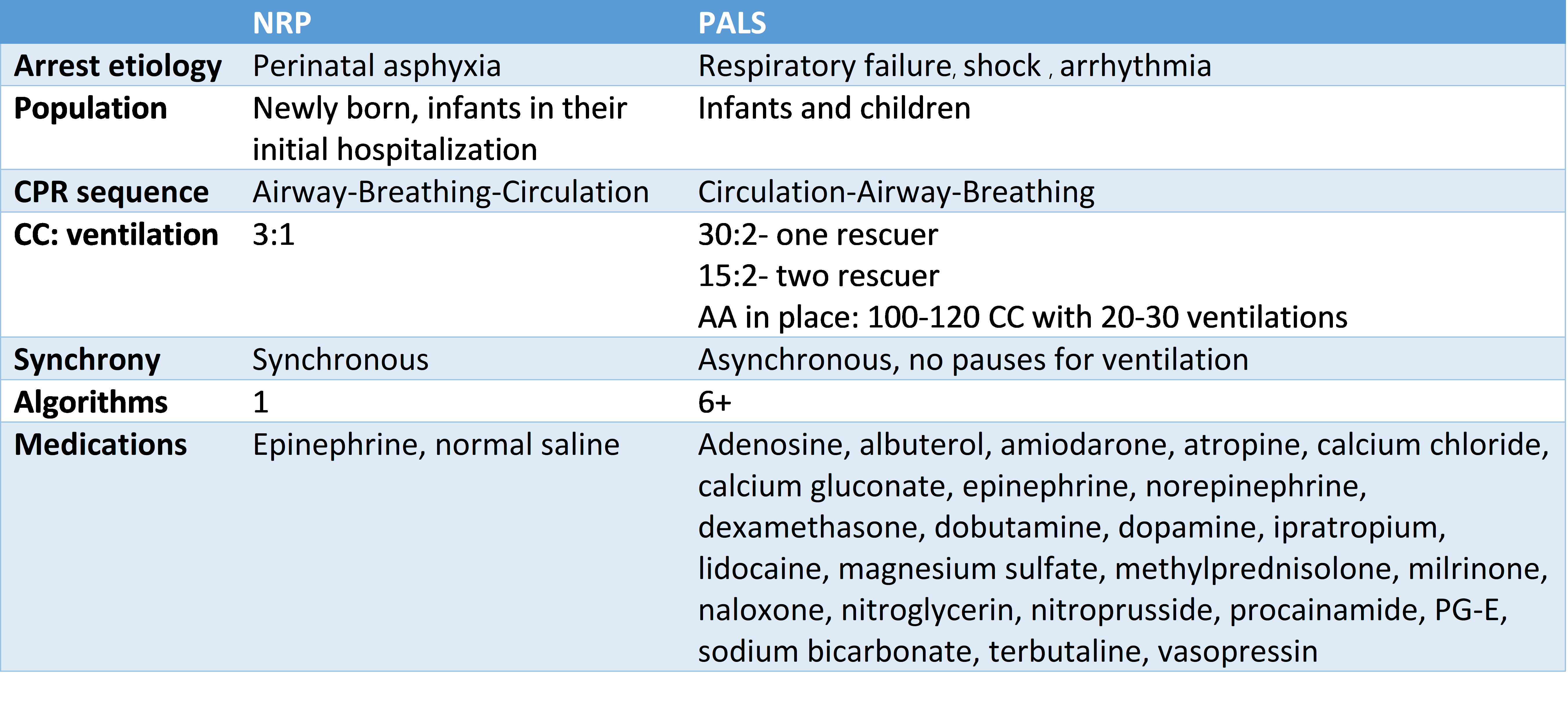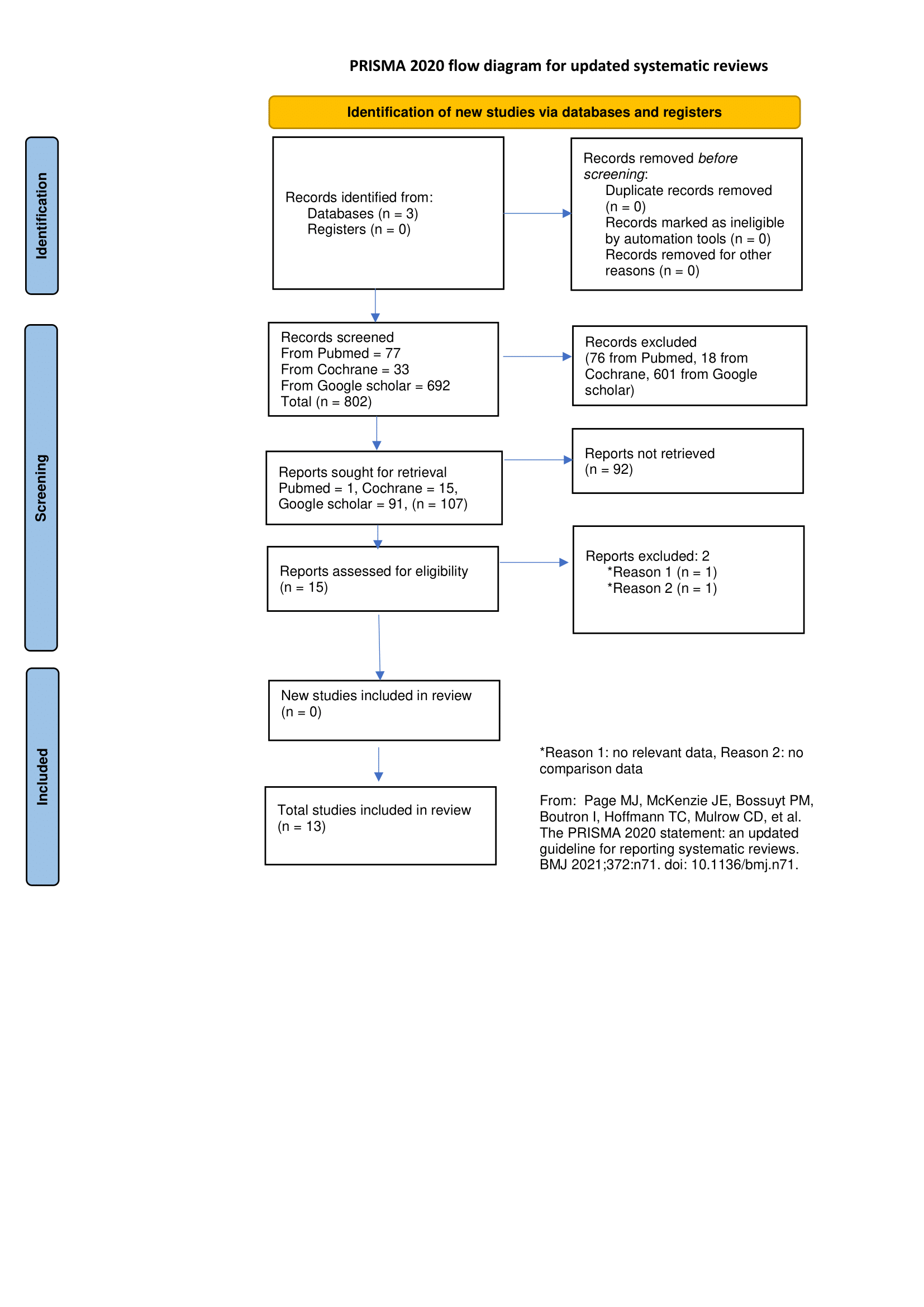Neonatal/Infant Resuscitation
Neonatal/Infant Resuscitation 1
310 - NRP versus PALS, When to Switch? A Systematic Review
Sunday, April 30, 2023
3:30 PM - 6:00 PM ET
Poster Number: 310
Publication Number: 310.347
Publication Number: 310.347
Uzma Iqbal, University of Texas Medical Branch School of Medicine, Galveston, TX, United States; Maheen Farooq, Staten Island University Hospital, Brooklyn, NY, United States; UTPAL BHALALA, Driscoll Children's Hospital, CORPUS CHRISTI, TX, United States

Uzma Iqbal, MD MBBS (she/her/hers)
Resident
University of Texas Medical Branch School of Medicine
Galveston, Texas, United States
Presenting Author(s)
Background: There is no consensus amongst the healthcare providers in Neonatal or Pediatric ICUs about an appropriate age/weight cut-off for using either NRP versus PALS guidelines. There is a lack of sufficient evidence related to provider perspective and performance as well as patient characteristics and outcomes in neonates and infants resuscitated using NRP versus PALS.
Objective: We aimed at conducting a systematic review assessing the current literature on NRP versus PALS in neonates and infants.
Design/Methods: We conducted a systematic review following the PRISMA guidelines. We conducted a literature search in PubMed, Cochrane, and Google Scholar from January 1st, 2000, up to July 1st, 2022. We included original studies conducted on humans, published in English, involving neonates, infants, and patients who were resuscitated with chest compressions.
Results: We identified 802 manuscripts of which only 13 were eligible and included in the systematic review. Of these, 4 were survey studies, 1 simulation study and the rest were non-survey original research. In the survey of resuscitation practices in the NICU, CICU, and PICU, there was no consensus among the intensivists about what guideline to use. Most common age in PICUs of transition to PALS was 2 months for both term and preterm. In NICUs, it was 6 months for preterm and 3 months for term infants. The survey results also implied that variation in practice reflects physician familiarity with NRP or PALS. Another survey addressed the fact that about 50% of neonatologists were uncomfortable with defibrillation. In the study by Best et al, the participating NICUs followed NRP while the PICUs and ED followed PALS as the default resuscitation algorithm. Both simulation-based and patient-based studies showed that neonatal providers preferred NRP in the delivery room as well as NICU and preferred to manage airway first even in cardiac arrest scenarios. The study by Gordon et al suggested that NICU code blues are more likely to be secondary to airway problems which support the use of a ventilation-focused resuscitation algorithm. Most studies showed that respiratory etiologies were more likely to survive to discharge than non-respiratory etiologies of arrest.
Conclusion(s): There is no consensus on which resuscitation guidelines should be followed outside the delivery room. There is a need for randomized control trials to determine the most effective and standardized guideline for infants outside the immediate neonatal period.


